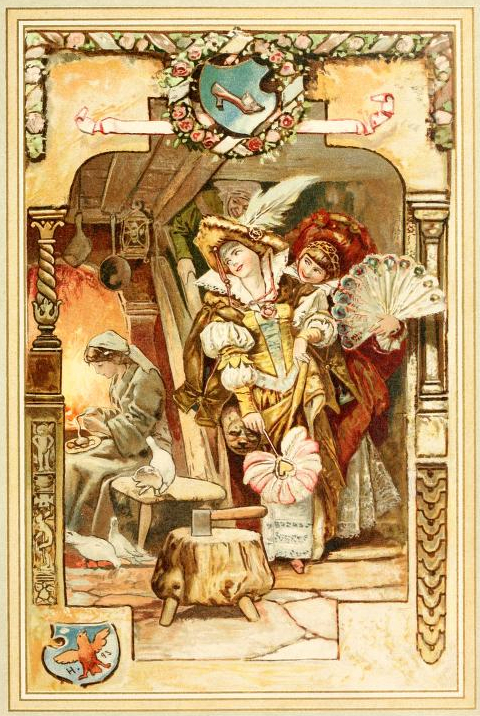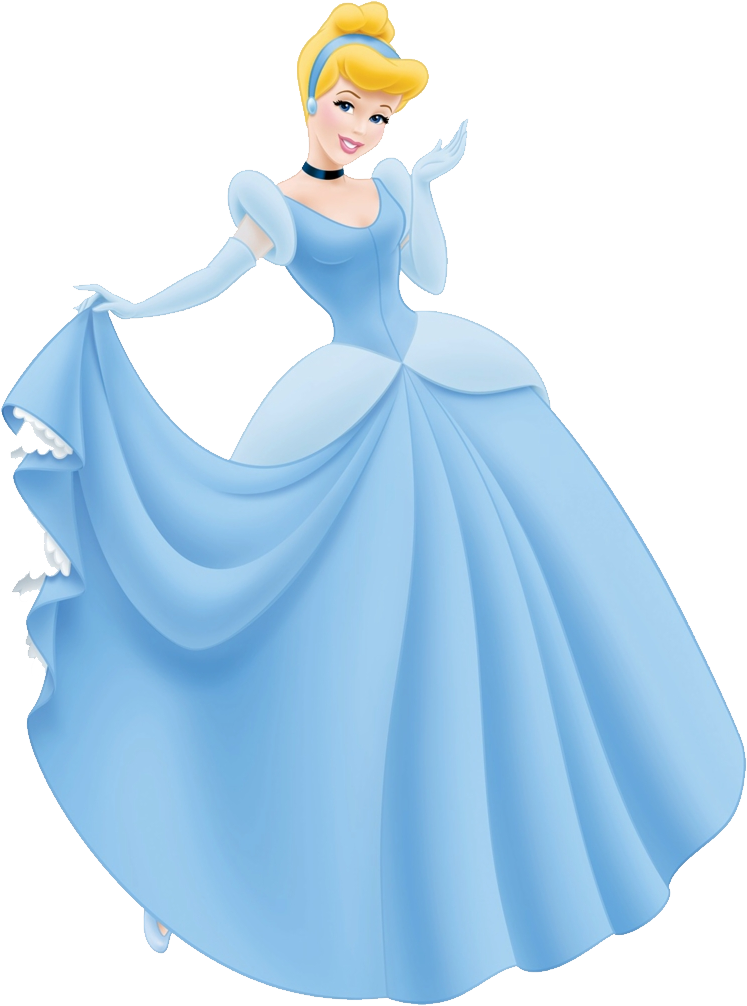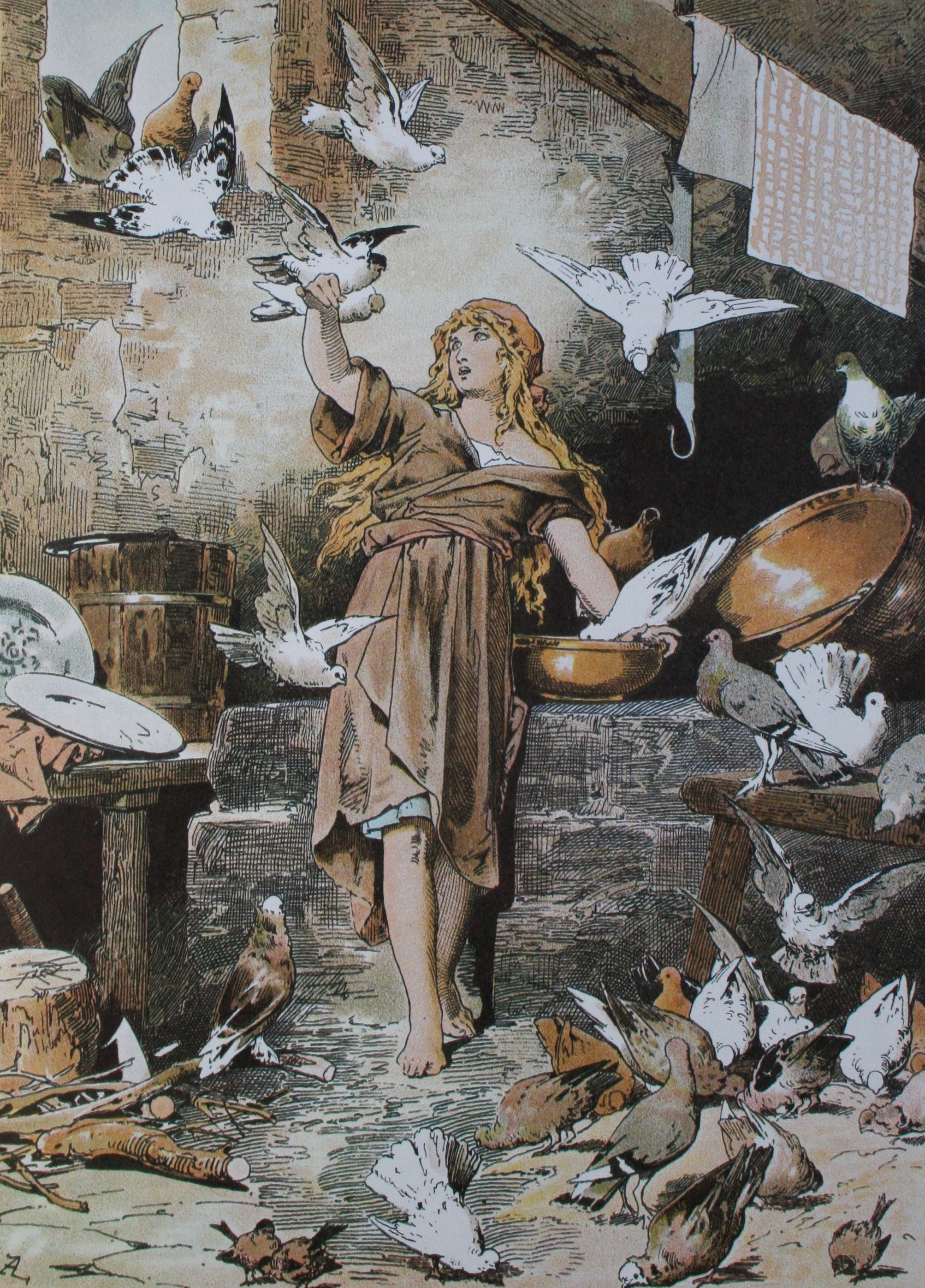A Grim Tale: Ashputtle, the original Cinderella

Many of the stories and fairy tales we look to for romance advice and hopes that the frog outside might actually be a prince are inspired by much older parables and fables from centuries long ago! There are thousands of cultures and stories to draw from, and dark parables of the brothers Jacob Ludwig Karl Grimm Wilhelm Carl Grimm are some of the most recognizable in American art and media today, especially due to Walt Disney’s animated retellings of classic stories.

“Cinderella” is one of only a few Grimm retellings that are so beloved that they keep being reimagined over and over today. "Ashputtle", the German predecessor to Disney's "Cinderella" does not appeal to the same young audience with its gritty symbolism, but upon reading, the Grimm tale’s similar morals draw a clear tie between it and its modern retelling. While both tales aim to emphasize the importance of remaining gracious and kind in the face of adversity, one takes a much darker and clearer path to emphasize this point.
The story of Ashputtle focuses on the daughter of a wealthy, widowed man. One year after her mother’s death, the father remarries a wicked woman. She and her two daughters neglect and belittle the protagonist; they rob her of her luxurious lifestyle, forcing her into menial servitude and give her the nickname “Ashputtle”, because she sleeps near the fireplace. While the father does nothing to change this unjust treatment, Ashputtle stays humble throughout.

Soon, it is announced that a festival will be held to find the prince a young wife. While the rest of the family attends, Ashputtle is once again neglected and left behind. After pleading at her mother’s grave for a miracle, two doves bestow upon her a golden dress and slippers. For the three days, she woos the crowd and prince with her fine wardrobe and grace. Before the prince may learn of her identity, though, she escapes at the end of the night and runs home before her family can return.

On the final night of the festival, the prince covers the palace stairs in pitch in hopes of learning the identity of the princess, however all that is left behind is her golden slipper. The prince soon comes to Ashputtle’s home, determined to find a young woman whose foot fits in the slipper. Both step-sisters try and fail to fit into the shoe and, even with deceit and trickery, they are only left with damaged feet.
After calling for Ashputtle to try the shoe, it fits perfectly. Ashputtle, the prince, and the doves rejoice while the rest of the family is left awestruck and irate. Ashputtle and prince live happily and the wicked stepsisters, as punishment for their desperate attempt to gain favor and wealth, lose their eyes to the doves from before.

The Grimm fairy tale isn’t a far cry from the one we are all familiar with. Aside from a few minor differences, such as a human sized rat trap and oddly aggressive turtle doves, the moral of the story remains the same: stay gracious and kind in the face of adversity, and you will be rewarded. That message is delivered in generally the same manner, however the story of Ashputtle goes a step further by not only rewarding the protagonist, but by punishing the antagonist as well. In an alternate ending of Ashputtle, it is the stepmother who is punished for her evildoing rather than the sisters. In both endings, Ashputtle’s enemies are forced to confront the consequences of their actions. Frankly, I think that this makes for a much stronger story and moral.
Time and time again, the Disney princesses are compared to each other for their level of proactivity in their stories. While earlier princesses such as Cinderella, Snow While, and Aurora are often cited for not doing anything other than being incredibly lucky and pretty, new age princesses, such as Merida, Mulan, and Rapunzel, take hold of their fate and decisions, make it clear what they stand for, and address the actions of everyone by the end of the tale. Mor’du is slain, the Huns fall, and Mother Gothel dies. While Ashputtle is still just a tale of Cinderella, the story carries a lot more impact than the early Disney Princesses because it carries consequences for everyone, not just the princess. Ashputtle gets her happy ending due to her grace, and her sisters and mother are punished for their mistreatment and greed.
The thing that I admire about this tale, as harsh as it may be, is that it’s made abundantly clear that not only is kindness and forgiveness important, but that everyone must answer to their actions. Was the ending of the Grimm tale brutal? Certainly. Did it add insult to injury? There’s no doubt about that, but there was a clear lesson to be learned not only about kindness, but about cruelty and unjust treatment as well: those who thrive on the misfortune of others will find the error of their ways.
Ayana
Teen Blog Writer
Comments
Post a Comment